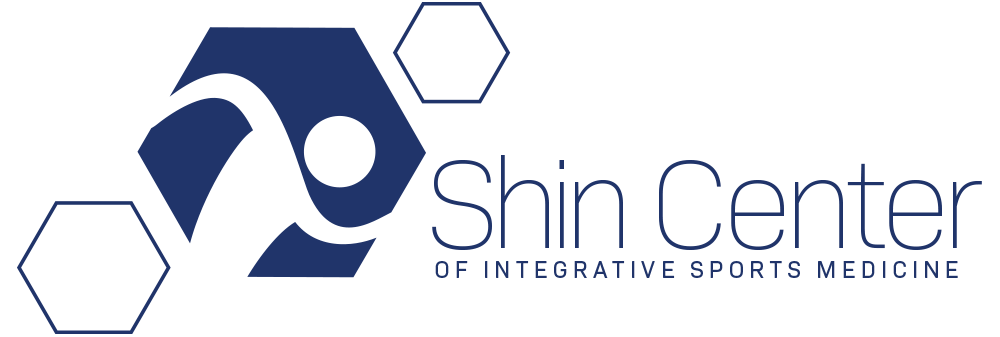Osteopathic Medicine & Chiropractic Care - How are they different? How are they similar?
Osteopathic Medicine and the practice of Chiropractic alternative medicine both began in the United States around the mid to late 19th century. Osteopathic Medicine was founded by physician A.T. Still because he was not satisfied with the standard of medical care at the time, due to the death of his two children from meningitis. He sought to formulate a more natural form of holistic healing based on the musculoskeletal system, biomechanical structure and function.
Today, any Osteopathic medical student who completes medical school can be identified as a D.O. These physicians go on to any residency specialty they may choose, just like a medical doctor, or M.D. The main differences between D.O.’s and M.D.’s is that Osteopathic medical school includes approximately 300 extra hours of hands-on Osteopathic training in palpation and Osteopathic Manipulative Medicine (OMM), on top of the traditional 4 years of medical school education. Additionally the medical philosophy of Osteopathic Medicine is different from the symptom-based approach of traditional Allopathic Medicine. No other country has D.O. physicians, because internationally, Osteopathic practitioners are known as Osteopaths, and do not receive medical education alongside their Osteopathic education.The 4 tenets of Osteopathic medicine are:
The human is made up of mind, body, and spirit
The body is capable of self-healing, self-regulation and health maintenance
Structure and Function are interrelated
Rational Osteopathic treatment is comprised of the above tenants
The Chiropractic approach was founded by D.D. Palmer roughly 10 years after A.T. Still began formulating Osteopathy. Both practitioners emphasised the importance of manual adjustment of the spine and musculoskeletal system to create improved health. Within Chiropractic, there is variation between practitioners that are “mixers” and “straights”. The difference is that “mixers” include varied approaches in addition to traditional spinal adjustments such as active release therapy (ART), Graston (or scraping), and even acupuncture, into their treatments. Practitioners that are “straights” typically only use spinal adjustments, and some may even sub-specialize into adjusting specific segments of the spine, such as the top Occipito-atlantal joint (OA), or only the cervical spine for example.
The main differences between Chiropractic and Osteopathic Medicine are that D.O.’s must also have completed 4 years of traditional medical school training before graduating. Very few D.O.’s actually specialize in Osteopathic Manipulative Medicine (OMM) in their residency training, however, any D.O. graduate can use OMM in their practice whether they are a Family Medicine doctor or Emergency Medicine physician. Chiropractic school is also 4 years of education, however, they do not have a license to practice medicine.
Another difference is that Chiropractors diagnose “subluxations” in the axial spine, which they adjust via their hands, and occasionally, various tools such as an Activator. Osteopathic doctors may diagnose “somatic dysfunction” which could occur in the spine, but also in any other region of the body. D.O.'s can use similar spinal adjustments as “straight” chiropractors, however, they will also use other forms of soft-tissue techniques that a “mixer” chiropractor may use. In summary, Chiropractors typically focus more on the spine as the main source of dysfunction, and Osteopathic Physicians (also known as Osteopaths in other countries) focus on many aspects of the body as sources of dysfunction.
D.D. Palmer was likely influenced by A.T. Still, as he wrote in 1899 in papers at the Palmer College of Chiropractic:
"Some years ago I took an expensive course in Electropathy, Cranial Diagnosis, Hydrotherapy, Facial Diagnosis. Later I took Osteopathy [which] gave me such a measure of confidence as to almost feel it unnecessary to seek other sciences for the mastery of curable disease. Having been assured that the underlying philosophy of chiropractic is the same as that of osteopathy...Chiropractic is osteopathy gone to seed." - D.D. Palmer


